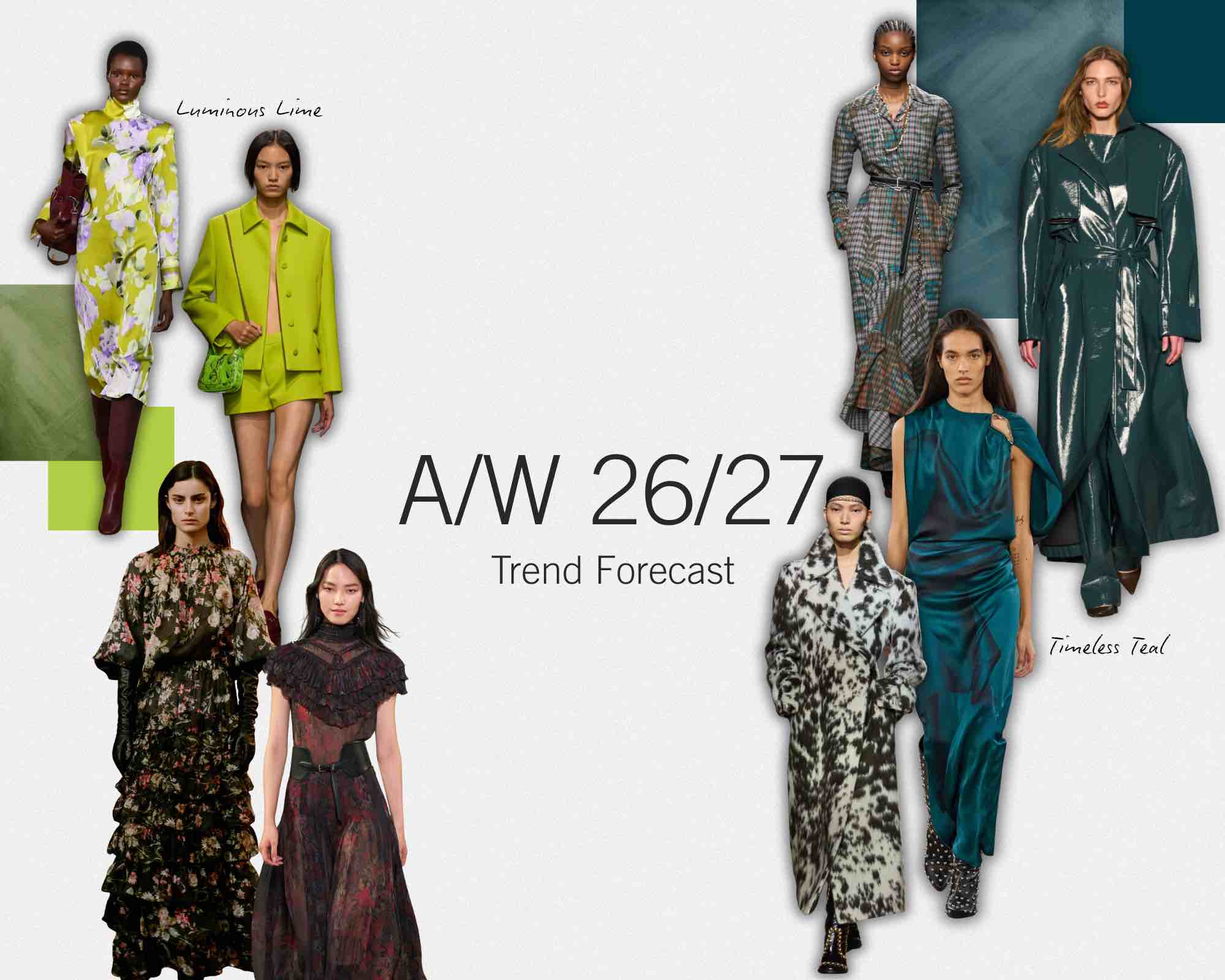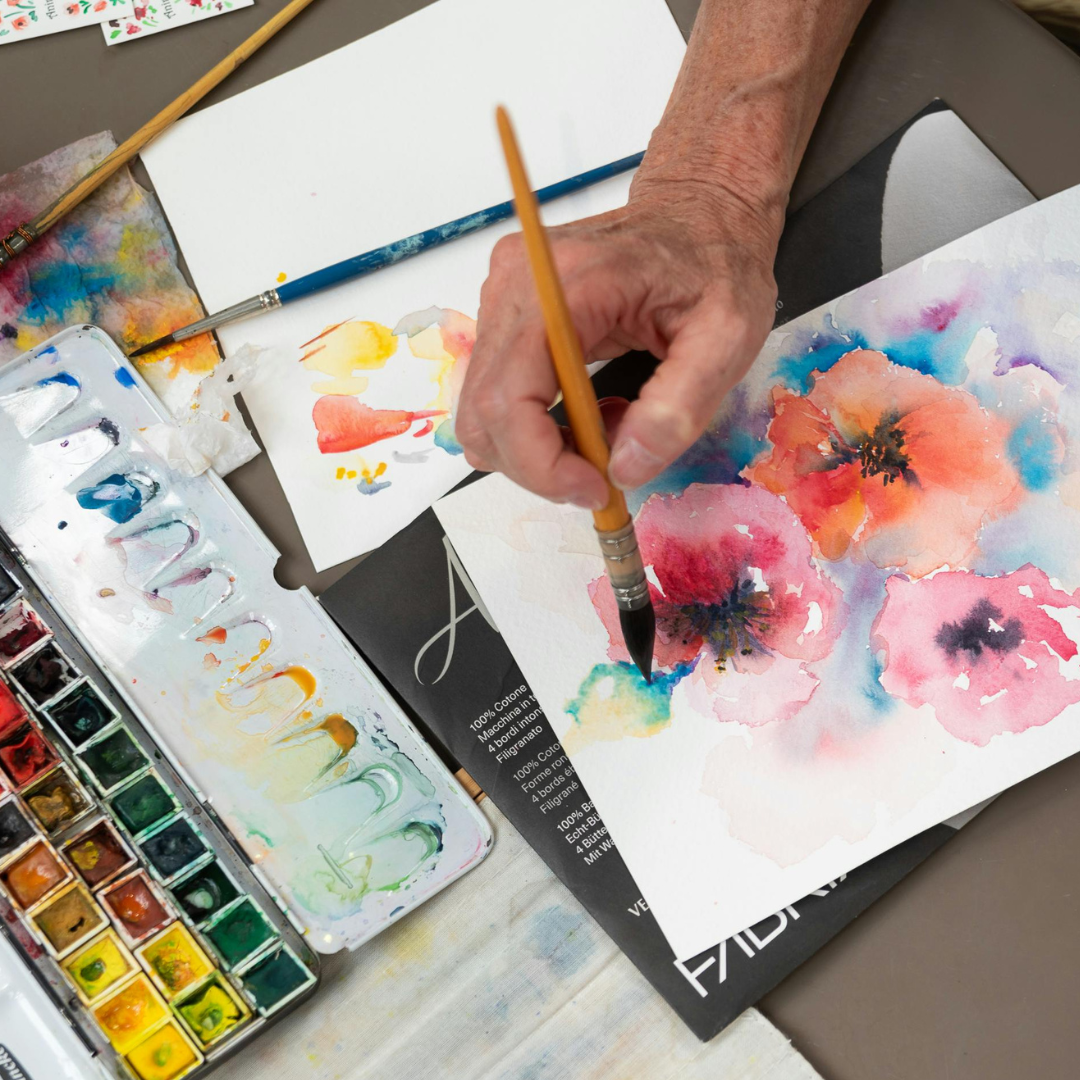Catwalk runway fashion shows are events where fashion designers showcase their latest collections to an audience. Often attending are buyers, fashion critics, influencers, and media. These runway shows are critical in the fashion industry for setting trends, generating buzz, and displaying the creativity of designers. fashion runways the highlight events of the fashion world also showcasing global textiles appearing on social media seconds after a catwalk show has taken place. Catwalk events inspire the highstreets brands to produce wearable garments for all consumers, these garments are futured in everyone’s wardrobes and here stands the evidence of the world of textiles featured on the runway and how it filters in to peoples everyday life’s.

Textile industry
Textiles is always the seen at the heart of runway collections, forming the foundation for a fashion designer’s creative vision. The choice of fabrics, their textures, and how they interact with movement and light are as crucial as the designs crafted or the printe patterns upon them. On the global stage, runways highlight not just the innovative use of textiles but also the intricate textile designs printed on the fabrics, showcasing their cultural, technological, and aesthetic significance.
The world’s most renowned fashion weeks are Paris, Milan, London, and New York .Each country has distinct characteristics, often reflected in the textiles and craftsmanship showcased on their runways.
1. Paris Fashion Week
- Defining Feature: Haute couture and unparalleled luxury.
- Key Textiles:
- Silk Tulle and Chiffon: Used for elegant eveningwear, often layered and draped.
- Embroidered Fabrics: Intricate hand-stitched embellishments, including beads, sequins, and crystals, dominate couture collections from Chanel and Dior.
- Lace: French lace, particularly from Chantilly and Alençon, is a staple for romantic and ethereal designs mostly used in lingerie or nightwear.
- Notable Brands:
- Chanel: Known for tweeds and boucle, representing timeless French elegance.
- Louis Vuitton: Incorporates futuristic textiles and jacquards in modern yet luxurious collections.
- Dior: Celebrates feminine tailoring with delicate fabrics like organza and silk satin.
2. Milan Fashion Week
- Defining Feature: Italian craftsmanship and opulence.
- Key Textiles:
- Velvet and Brocade: Highlighting a rich heritage, often used in dramatic eveningwear by Dolce & Gabbana.
- Wool and Cashmere: Luxurious, fine weaves crafted into tailored garments.
- Leather: Italy’s expertise in leatherwork is showcased in bold, structured pieces by brands like Gucci and Versace.
- Notable Brands:
- Prada: Known for its innovative use of synthetic materials alongside fine natural textiles.
- Gucci: Blends bold prints and patterns with high-quality silk and satin.
- Versace: Features metallic and embellished fabrics, emphasizing glamour and sensuality.
- Etro:known for includingbeautiful printed decorative patterns
3. London Fashion Week
- Defining Feature: Avant-garde design and experimental creativity.
- Key Textiles:
- Tartan and Wool: A nod to British heritage, often deconstructed or reimagined by designers like Vivienne Westwood.
- Innovative Fabrics: Designers such as Alexander McQueen and Christopher Kane frequently use experimental textiles, including laser-cut leather and digitally printed fabrics.
- Sheer and Layered Materials: Tulle, organza, and lace create dramatic, ethereal effects.
- Notable Brands:
- Burberry: Celebrates trench coat fabrics like gabardine, often modernized with prints and innovative finishes.
- Simone Rocha: Known for her feminine, layered textures with lace and embroidery.
- Erdem: Specializes in floral-printed silks and delicate brocades.
4. New York Fashion Week
- Defining Feature: Focus on ready-to-wear and practicality with commercial appeal.
- Key Textiles:
- Denim: A quintessential American fabric, reimagined in high-fashion contexts.
- Jersey and Knitwear: Frequently used for its comfort and versatility in casual yet stylish designs.
- Bold Prints and Graphics: Often digitally printed, these reflect the modern, urban aesthetic of New York.
- Notable Brands:
- Ralph Lauren: Iconic for its use of luxurious natural fabrics like wool, leather, and cashmere.
- Calvin Klein: Known for minimalist designs using clean, structured fabrics.
- Proenza Schouler: Frequently uses textured fabrics and modern techniques, blending artisanal craftsmanship with innovative materials.

Textiles as Identity
Each of these fashion weeks not only reflects its city's cultural and artistic ethos but also influences global trends in textiles and design industry. From Parisian lace to Milanese leather, London’s avant-garde experiments to New York’s practicality, the textiles showcased are as diverse as the designers themselves, making these events the pinnacle of the fashion calendar and the driving events behind many of the worlds fashion businesses.
Fashion show showcase Seasons normally which happen twice a year however we are all seeing smaller catwalk shows happening between the main shows:
- Spring/Summer (S/S) and Autumn/Winter (A/W) are the two primary seasons.
- Many designers also show Resort/Cruise or Pre-Fall collections in between
1. Fabric Selection as a Foundation
The choice of fabric is important, as it determines how a garment will move, fit, and behave on the runway.
- Light Fabrics: Silks, chiffons, and organzas are used for their delicate, fluid qualities, often seen in romantic collections that emphasize movement.
- Heavy Fabrics: Wools, velvets, and other structured materials provide sharp lines and bold silhouettes, contributing to the architectural designs often showcased in haute couture.
- Innovative Materials: Designers like Iris van Herpen experiment with futuristic textiles, such as metallic-coated fabrics, to evoke organic, nature-inspired forms
2. Textile Design: Patterns, Prints, and Embellishments
Textile design is an art in itself, with patterns, prints, and embellishments adding storytelling layers to garments.
- Handwoven and Embroidered Designs: Traditional textile techniques such as chikankari from India or otomi embroidery from Mexico offer intricate, handcrafted designs that maintain cultural integrity while adapting to contemporary aesthetics.
- Digital Printing: Advances in digital technology have revolutionized textile design, allowing for highly detailed, photorealistic prints. Designers like Alexander McQueen use digital prints inspired by nature and art to create dramatic, immersive visual effects on the runway.
- Surface Embellishments: Beading, sequins, and appliqué turn textiles into three-dimensional art, adding texture and luxury to garments. Haute couture collections often feature these embellishments, creating an added layer of craftsmanship and exclusivity
3. Cultural Significance in Textiles
The cultural and historical stories woven into textiles offer deep narratives that resonate with audiences.
- African Textiles: Fabrics such as kente and ankara are deeply connected to African identity, heritage, and expression. Designers like Stella Jean and Christie Brown integrate these bold prints into modern fashion, often to challenge stereotypes and celebrate African heritage
.
- Turkish and Middle Eastern Influence: Persian brocades and metallic-threaded jacquards are used for their opulence and historical richness, often found in luxurious eveningwear collections.
- Japanese Inspirations: The elegance of kimono silks and the minimalist beauty of washi paper textiles influence designers worldwide, offering a sophisticated blend of simplicity and craftsmanship
.
4. Technological and Sustainable Innovations
Technological advancements and sustainability concerns are reshaping the textile landscape.
- Sustainable Fabrics: Designers such as Stella McCartney lead the charge in eco-conscious fashion and production of sustainable textiles by incorporating recycled polyester, organic cotton, and vegan leathers like Piñatex (made from pineapple leaves) into their collections.
- High-Tech Fabrics: Smart textiles that react to light or heat, or even self-healing fabrics, are being featured by experimental brands like Iris van Herpen and Balenciaga, pushing the boundaries of fashion technology.
- 3D Printing: This innovative technique has given rise to futuristic garments with intricate, sculptural qualities. Designers like Balenciaga use 3D printing to create avant-garde fashion that would be impossible with traditional textile construction.
5. Interaction of Textiles and Fashion Trends
Textiles play a crucial role in shaping fashion trends, influencing both silhouette and style.
- Flowing Silhouettes: Soft fabrics like chiffon, silk, and tulle are dominant in romantic collections, where movement and fluidity are essential.
- Structured Forms: Stiff textiles like neoprene and double-faced wool create bold, architectural designs, often showcased in collections that emphasize modernity and innovation
Through fabric selection fashion designers have the ability to see their draw creations come to life with the use the careful choice of textile fabrics frames the garments, however the surface patterns on the fabrics are also hugely thought of to complete the desired effect the designer is trying to create therefore textiles are not just functional but central to the storytelling of runway fashion.
Through the careful selection of textiles, designers bring their creative visions to life, framing their garments with fabrics that enhance movement, texture, and structure. Beyond their functionality, textiles become a canvas for intricate storytelling, where surface patterns, colors, and embellishments complete the desired aesthetic. From the ethereal flow of chiffon in romantic designs to the bold statement of neoprene in avant-garde fashion, fabrics play a central role in shaping the identity of a collection.
The relationship between material and design ensures that textiles are not mere backdrops but integral to the narrative a fashion designer conveys. Surface treatments, like digital prints, dyes or traditional embroidery, further transform these fabrics into storytelling mediums. Whether showcasing cultural heritage, technological innovation, or personal expression, textiles are central to the artistry of runway fashion, making them essential to both the visual and emotional impact of a designer’s work.
.png)




